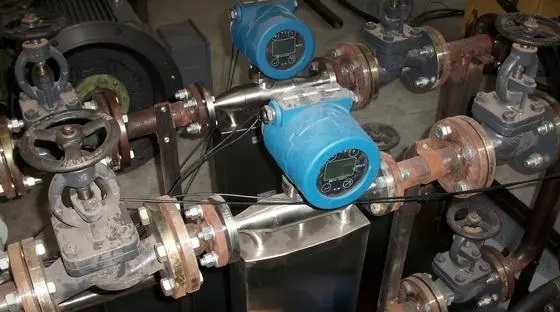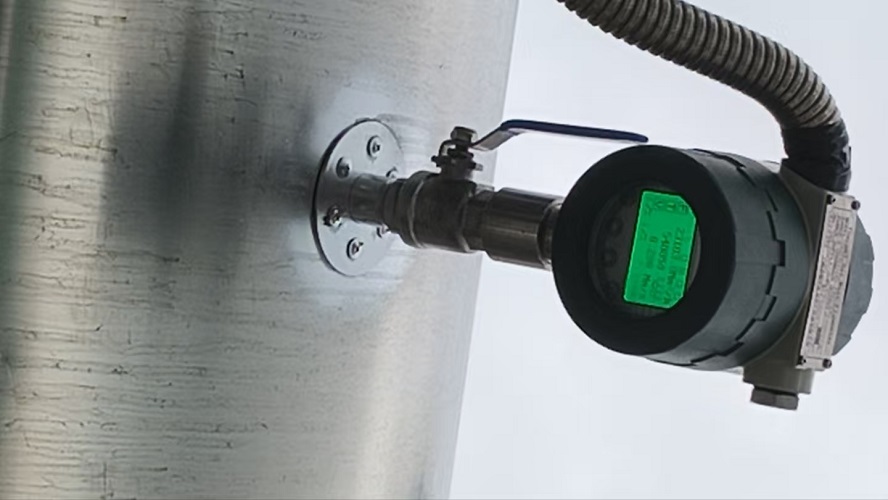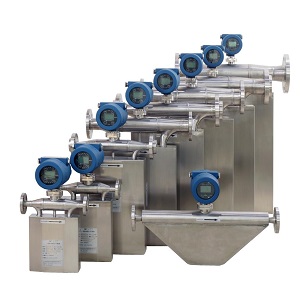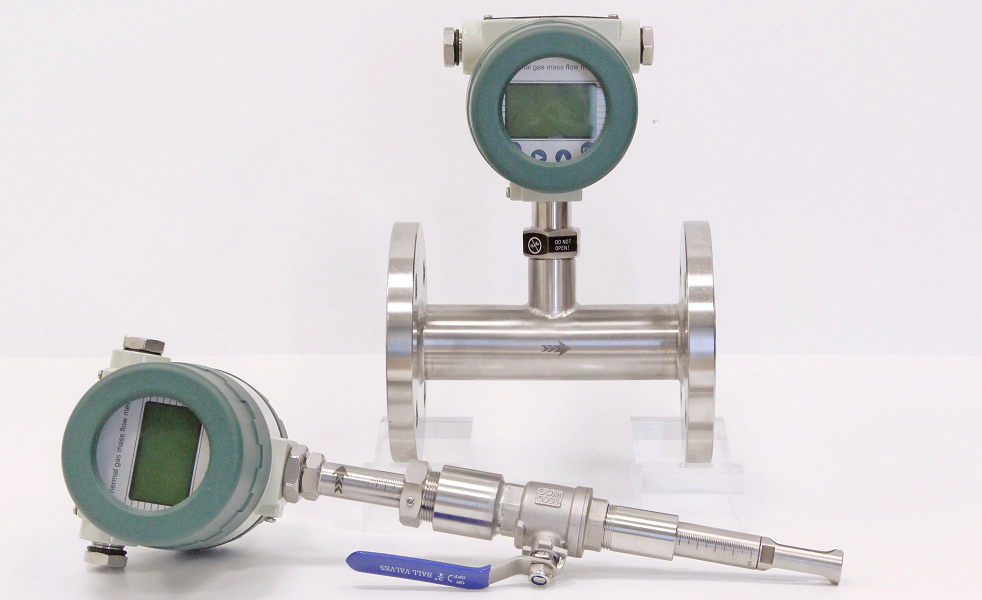The cryogenic storage and hydrocarbon processing industry represents one of the most challenging environments for flow measurement technology. Operating at extreme temperatures ranging from -116°C to ambient conditions, facilities handling liquefied petroleum gases (LPG) require precision instrumentation capable of maintaining accuracy under demanding process conditions. Modern gas processing plants and cryogenic storage terminals rely heavily on advanced flow measurement solutions to ensure safe operations, accurate custody transfer, and optimal process control.
Ethane presents unique measurement challenges in cryogenic applications. Operating at temperatures as low as -116°C in liquid state, ethane exhibits specific gravity variations between 552-568 kg/m³ with viscosity ranging from 0.18 to 0.22 cP. The fluid transitions between liquid and vapor phases depending on operating conditions, requiring flow meters capable of handling pressures from 3.57 to 29.1 kg/cm²G. Ethane flow measurement is critical in petrochemical facilities where this hydrocarbon serves as feedstock for ethylene production.

Propane flow measurement in cryogenic storage applications involves monitoring liquid propane at operating temperatures between -50°C and +40°C. With density characteristics of 581-585 kg/m³ in liquid phase and viscosity of 0.19-0.21 cP, propane requires robust instrumentation capable of handling design pressures up to 35.7 kg/cm²G. Propane flow meters must accommodate varying flow rates from minimal loads to maximum throughput of 30,800 kg/hr in some applications, making turndown ratio a critical selection criterion.

Hydrocarbon gas flow measurement in flare systems and process lines demands thermal mass flow meter technology capable of handling large pipe sizes up to 36 inches. With molecular weights ranging from 21.48 to 21.58 and compressibility factors around 0.9887, these gas streams require instruments that can maintain accuracy across flow rates from 0.1 MMSCFD minimum to 330 MMSCFD maximum. The operating pressure range of 87-116 PSIG and temperatures between 86°F and 104°F define the envelope for instrument selection.

Coriolis flow meters represent the premium choice for liquid ethane and propane measurement in cryogenic storage facilities. These mass flow meters directly measure mass flow rate without requiring density compensation, making them ideal for custody transfer applications where accuracy of ±0.05% or better is mandatory. The Coriolis mass flow meter excels in bidirectional flow measurement scenarios, critical in loading and unloading operations at storage terminals.
Applications ranging from 4-inch to 20-inch line sizes utilize Coriolis technology for ethane flow meter and propane flow meter installations, providing reliable measurement for normal flow rates from 800 m³/hr to 2,000 m³/hr in liquid service and up to 65,000 kg/hr in vapor applications.

Thermal mass flow meter technology dominates hydrocarbon gas measurement in flare systems and large-diameter process lines. Insertion-type thermal mass flow meters offer cost-effective solutions for 18-inch to 36-inch pipe installations where maintaining minimal pressure drop is essential. These instruments measure gas mass flow rate by detecting heat dissipation from heated sensors, providing direct mass measurement without pressure and temperature compensation.
For flare knock-out drum applications handling both ethane and propane vapors, thermal mass flow meters provide reliable measurement at near-atmospheric pressures (0.1 kg/cm²G) across temperature ranges from ambient temperature.
Selecting appropriate flow instrumentation requires careful evaluation of design conditions versus operating parameters. Ethane flow meter applications may operate at -116°C but must withstand design temperatures of -118°C to +65°C with design pressures reaching 43.5 kg/cm²G in vapor service. Similarly, propane flow meters face design conditions of -52°C to +115°C with pressures up to 35.7 kg/cm²G, necessitating materials of construction suitable for cryogenic service.
Flow meter installations in hydrocarbon processing facilities must comply with Zone 1, Gas Group IIA, T3 hazardous area classifications. ATEX certified instruments with Ex 'd' explosion-proof ratings ensure safe operation in potentially explosive atmospheres. Ingress protection rating IP 67 provides essential protection against environmental conditions while maintaining instrument integrity.
Modern flow measurement systems integrate seamlessly with distributed control systems (DCS) through HART communication protocol. Smart transmitters provide 4-20mA analog output with digital HART overlay, enabling remote configuration, diagnostics, and monitoring. Advanced instruments offer multi-variable transmission capabilities, simultaneously reporting mass flow, density, temperature, and totalizer values to optimize process control strategies.
Flow meter sizing must accommodate the full operating range while maintaining accuracy at normal flow conditions. Coriolis mass flow meters typically operate optimally between 20% and 100% of rated capacity, while thermal mass flow meters excel across broader turndown ratios. Evaluating minimum, normal, and maximum flow rates ensures selected instruments maintain specification accuracy throughout the operating envelope. Here we enclose a typical sizing sheet of Coriolis flow meter for ethane flow measurement.
Allowable pressure drop considerations significantly impact flow meter selection, particularly in gravity-fed systems and low-pressure applications. Coriolis flow meters typically impose 0.3 kg/cm² maximum pressure drop, while thermal mass flow meters offer virtually no restriction to flow. Understanding system hydraulics prevents cavitation in liquid service and ensures adequate downstream pressure for process requirements.
Maintaining measurement accuracy requires periodic calibration using certified reference standards. Coriolis mass flow meters benefit from factory calibration with water or light hydrocarbons, with accuracy specifications including linearity, hysteresis, and repeatability effects. Calibration certificates documenting test conditions, pressure records, and span verification provide traceability for custody transfer applications.
Selecting the appropriate flow measurement technology for ethane, propane, and hydrocarbon gas applications requires comprehensive understanding of process conditions, fluid properties, and operational requirements. Coriolis mass flow meters deliver unmatched accuracy for liquid custody transfer, while thermal mass flow meters provide cost-effective solutions for gas monitoring in large-diameter pipes and flare systems.
Success in cryogenic storage and hydrocarbon processing depends on reliable flow instrumentation that maintains performance across extreme temperatures, wide pressure ranges, and varying flow conditions. By matching flow meter technology to specific application requirements, operators achieve optimal measurement accuracy, regulatory compliance, and operational efficiency in these demanding industrial environments.